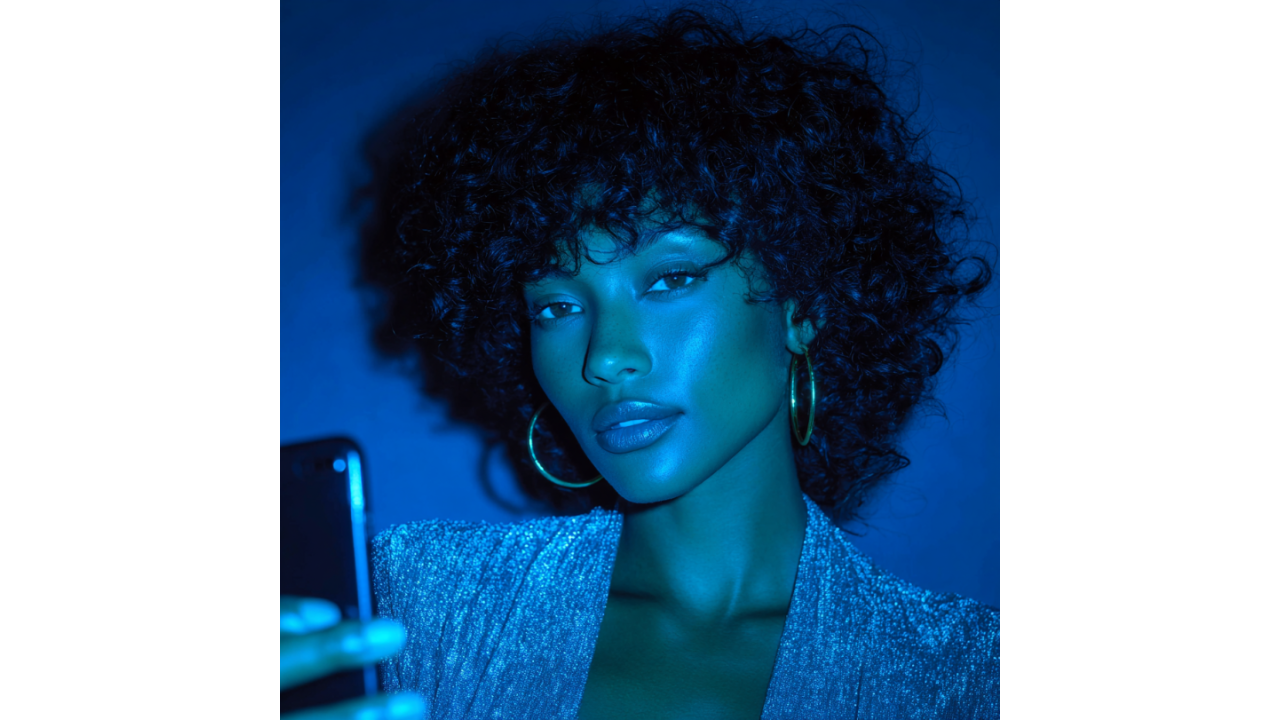YouTube Shorts Gets Veo 3
Sometimes the most disruptive moves come disguised as platform features. YouTube's announcement that Google's Veo 3—the video generation model that...
-4.png)
About time. YouTube's decision to clarify their monetization policies against "inauthentic" AI-generated content starting July 15th isn't just overdue—it's a crucial first step in what should be a much more aggressive campaign against the digital pollution threatening every marketer's credibility.
Let's be honest: we've all seen the garbage flooding our feeds. The endless slideshows with robotic voiceovers, the "faceless" channels churning out identical content, the AI-generated news stories about events that never happened. YouTube's own editorial head Rene Ritchie calls it a "minor update," but any marketer who's watched their organic reach get buried under AI slop knows this is anything but minor.
The Numbers Don't Lie (Unlike the AI Content)
The scale of synthetic media contamination is staggering. Government agencies project eight million deepfakes will be shared in 2025, up from just 500,000 in 2023. The global content detection market, valued at $19.98 billion in 2025, is projected to reach $68.22 billion by 2034. That's not growth—that's a full-scale digital emergency response.
YouTube's policy targets exactly what's been destroying viewer trust: mass-produced videos that combine stolen clips with AI-generated voiceovers, channels dedicated to pushing out lazily made AI spam, and the endless parade of "reaction" videos that are just AI voices commenting on other people's content. Under the new rules, channels that rely heavily on AI-generated voices without substantial human commentary will risk losing their monetization privileges entirely.
For marketers, this creates both relief and opportunity. The platform is finally acknowledging what we've known for months: AI slop doesn't just crowd out authentic content—it actively erodes the trust that makes digital marketing possible.
Here's what YouTube's policy makers understand that many marketers still don't: the same AI technology creating convincing fakes is also our best defense against them. The detection tools available today are remarkably sophisticated, and they're getting better fast.
Winston AI boasts 99.98% accuracy in detecting AI-generated content, while tools like Detecting-ai.com's V2 model achieve 99% accuracy across multiple AI platforms including ChatGPT, Gemini, and Claude. These aren't experimental toys—they're enterprise-grade solutions that major organizations are already using to protect their digital integrity.
GPTZero has been verified by TechCrunch as the most reliable AI detector after testing seven competitors, and it's specifically finetuned for the kind of academic and professional prose that sophisticated AI spam often mimics. Meanwhile, platforms like Originality.ai specialize in detecting human-edited AI content—exactly the kind of slightly-polished AI slop that's been gaming YouTube's algorithm.
The implications go far beyond content moderation. We're dealing with a fundamental shift in how trust works in digital marketing. When 82.6% of phishing emails now use AI technology and 78% of people open AI-generated phishing emails, the ability to verify authentic human content becomes a competitive advantage.
YouTube's move signals that major platforms are finally taking content authenticity seriously. This isn't just about demonetizing lazy creators—it's about preserving the credibility of the entire digital marketing ecosystem. Brands that can establish verifiable human connections will dominate. Those that can't will get lost in the noise.
But YouTube's policy change is just the beginning. What we need is a comprehensive detection infrastructure that goes beyond simple AI identification. The most effective detection tools now use multi-source verification approaches that improve accuracy by 31% compared to single-method systems.
Tools like AI Light combine computer vision, acoustic analysis, and contextual verification to detect manipulated content across multiple formats. Platforms like Reality Defender and Sensity AI offer enterprise-grade solutions that can process video, audio, and text in real-time. These aren't just detection tools—they're authentication systems that can verify content integrity at scale.
The technology exists. What we need is the will to implement it systematically. YouTube's policy change proves that major platforms are ready to take content authenticity seriously. The question is whether marketers will follow suit.
YouTube's crackdown represents more than just policy housekeeping—it's a declaration that authenticity matters. For too long, we've watched algorithms reward volume over value, automation over artistry. The tide is turning, and it's about time.
The brands that will thrive in this new environment are those that invest in genuine human creativity, transparent communication, and verifiable authenticity. They're also the ones that will implement robust detection systems to protect their audiences from the AI-generated misinformation that's poisoning digital trust.
This isn't about being anti-AI—it's about being pro-human. AI is a powerful tool when used thoughtfully. But when it's used to mass-produce garbage that crowds out authentic voices, it becomes a threat to everything we're trying to build.
YouTube's policy change is a welcome first step. Now we need the detection tools and verification systems to make it stick. The future of digital marketing depends on our ability to distinguish between authentic human creativity and AI-generated noise.
Ready to protect your brand from the AI slop invasion? Winsome Marketing's growth experts can help you implement content authentication strategies and detection systems that keep your audience's trust intact. Because in 2025, authenticity isn't just a nice-to-have—it's your competitive moat.
-2.png)
Sometimes the most disruptive moves come disguised as platform features. YouTube's announcement that Google's Veo 3—the video generation model that...

1 min read
YouTube just crossed a line that should terrify anyone who cares about truth, trust, and the future of authentic content. The revelation that YouTube...

Short-form video isn't optional anymore. It's infrastructure. Brands need dozens of clips weekly to stay visible on TikTok, Instagram, and YouTube...